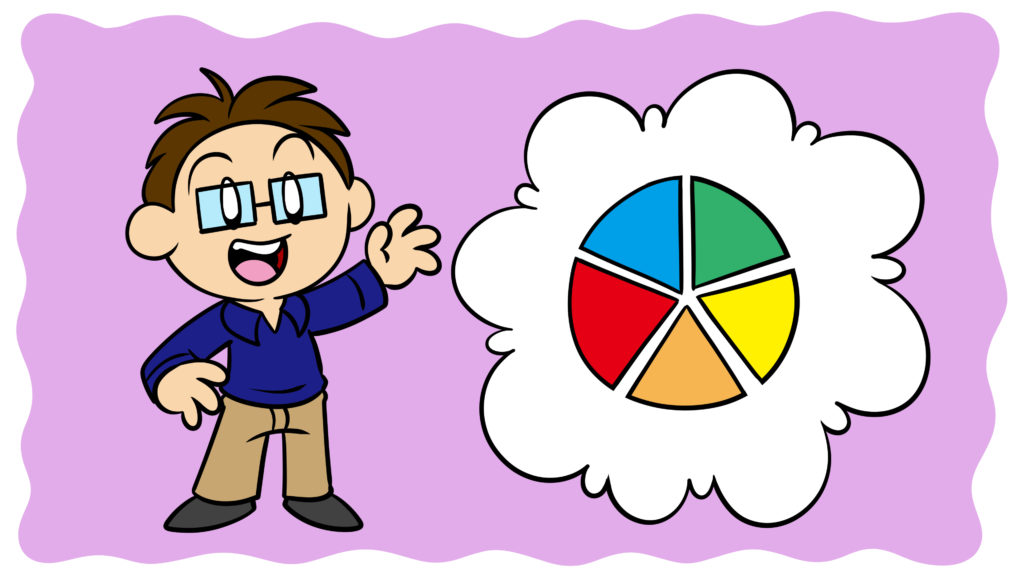
Suspension of Disbelief: What is it and How to Use it
Suspension of disbelief is a natural impulse – not something you have to help your reader achieve, but rather something you have to avoid ruining.

Suspension of disbelief is a natural impulse – not something you have to help your reader achieve, but rather something you have to avoid ruining.

To many writers, conflict is the basic unit of story – the thing that turns a series of events into an actual narrative – often more important than setting, characters, and even narrative cohesion. After all, you can lose all of those features of a story and still write something that grips the reader.

One of the problems of writing characters who actually like each other is that much of the value of friendship goes unspoken in day-to-day life. Friends don’t spend all their time explaining why they like each other or unpicking the positive qualities of their relationship.

The key thing to understand is that narrative exists on many different levels. There’s little that a satisfying story does that a satisfying scene doesn’t need to do, and since stories are ultimately just a collection of scenes, it makes sense to build from the ground up.
Have any questions? We are always open to talk about your writing, publishing projects, creative opportunities and how we can help you.